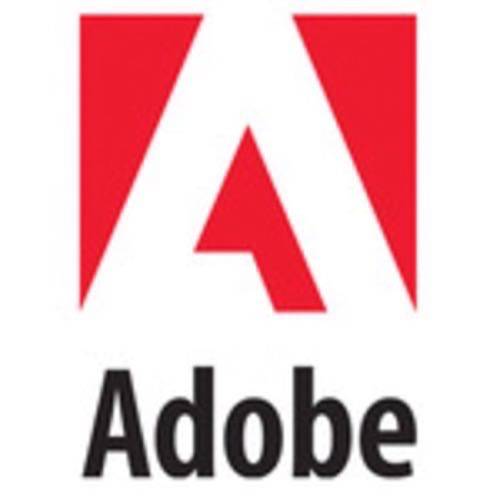Adobe isn’t a company that’s typically thought of as an “enterprise software company,” even though it sells its software to large enterprises and offers “enterprisey” products like Acrobat and LiveCycle. That could be changing.

Atlassian recently said it wants to be for technical teams what Adobe is to designers, but it’s clear that Adobe wants to be to technical teams what it is to designers. Adobe announced several new products at its annual Max conference, including LiveCycle Mobile, the new BlackBerry SDK, HTML5 tools and its app distribution system InMarket. What’s emerging is a full “Adobe Stack” for the enterprise.
Illustration from Adobe’s announcement that it was buying Omniture

The Adobe Stack
- Server Layer: Apache
- Language and Framework Layer: ActionScript, AIR, ColdFusion, Flex, and JQuery.
- Design and Development Layer: Acrobat, Dreamweaver, Flash, LiveCycle, and all the famous Adobe graphic design and desktop publishing tools.
- Delivery and Distribution Layer: Day, InSight
- Execution layer: Acrobat Reader X, the AIR runtime environment, Flash Player and WebKit – providing an execution layer for the desktop, browser, and mobile.
- Social and Collaborative Layer: Acrobat.com, Adobe Connect
- Analytics Layer: Omniture
Via its Day Software acquisition, Adobe will have several key Apache contributors on its pay roll, including Apache Software Foundation co-founder Roy Fielding. Day sales engineer Paolo Mottadelli says the acquisition shouldn’t mean anything for Apache other than more contributions from Day, but the move is very interesting.
According to Ben Watson, Marketing Manager UX at Adobe, the company actually plans on learning more about open-source from Day. It seems likely that the main way Adobe will benefit from this connection to Apache is not by influencing Apache, but by learning about it from its own engineers and applying that knowledge to other parts of the stack. (Adobe will need to learn a lot about open-source now that it’s going to be a contributor to JQuery and WebKit).
Customer Experience Management
What is driving the creation of this stack? A design philosophy called “customer experience management.” Or, more specifically, web based customer experience management. From our coverage of the Day Software acquisition:
Larson’s vision for the enterprise revolves around “customer experience management,” which combines the discipline of user experience design, interaction design, process management, content strategy and customer service into a unified field for web-based customer experience. Larson predicts in the near future, if this isn’t the case already, customers will expect to have most of their interactions with companies online – and citizens will have most of their interactions with governments online as well. To this end, Adobe hopes to position LiveCycle, Omniture, and Day’s offerings as a customer experience suite to compliment its existing web development technologies.
The “customer” part of Customer Experience Management may be a little misleading – it can apply not just to customers but to employees and citizens as well. Adobe seems to be influenced by Forrester‘s “empowered” meme.
What Does it All Mean?
Adobe certainly isn’t the first company to think about customer experience management and business process management. In fact, what Adobe’s proposing sounds a lot like Lean and similar management methodologies.
Adobe’s stack seems a little unwieldly to me, probably due to the fact that I can’t separate the name “Adobe” from the term “bloatware.” I love AIR, but every interaction I have with Acrobat is like a trip to the dentist – painful and inconvenient.
Meanwhile, other platform vendors – from Force.com to eXo – are offering things that can be put to similar use as Adobe’s big stack. Look at what’s being done on Force.com, for example, or CouchOne mobile (CouchOne also has strong ties to Apache).
In other words, it’s quite possible to look at what Adobe’s going for, and build your own solutions with the tools you prefer. Adobe’s solutions may be what’s best for some enterprises, but all enterprises and vendors can benefit by looking at what Adobe’s attempting.
However, with its investments in Apache, JQuery and WebKit you may find it harder and harder to stay away from Adobe’s influence.










